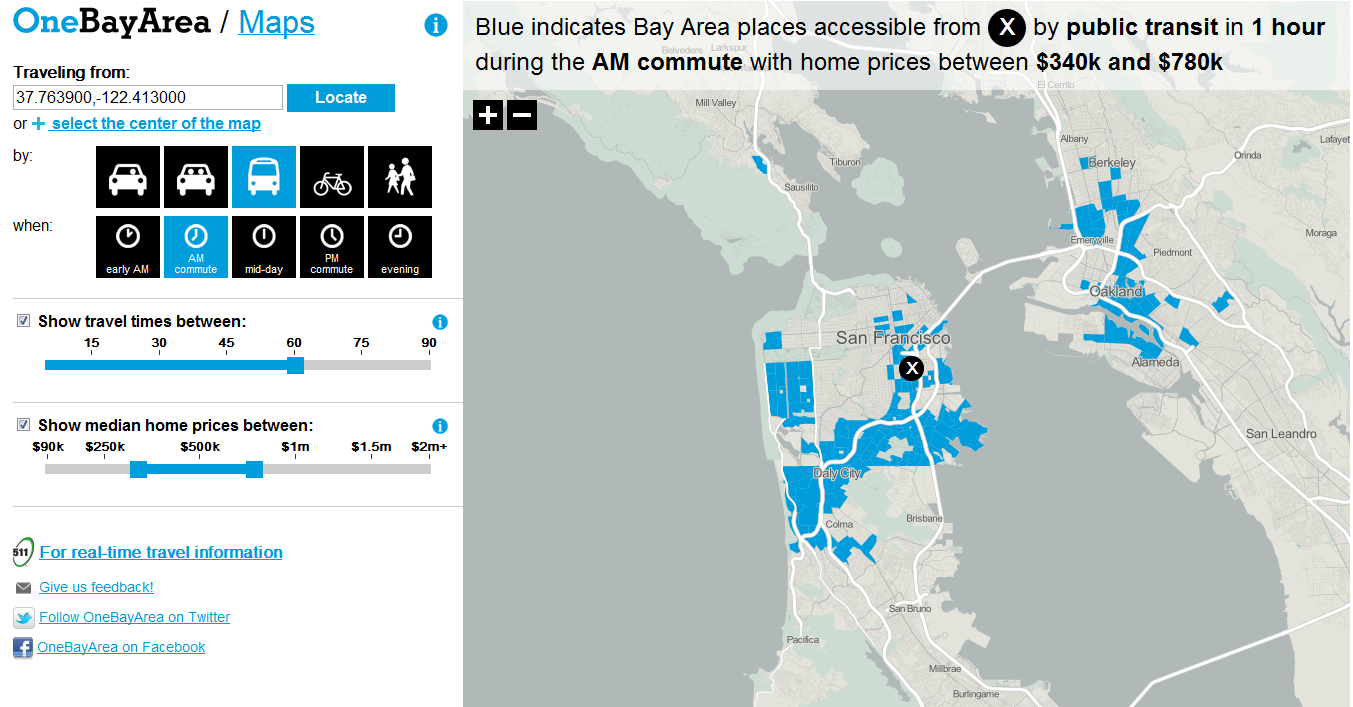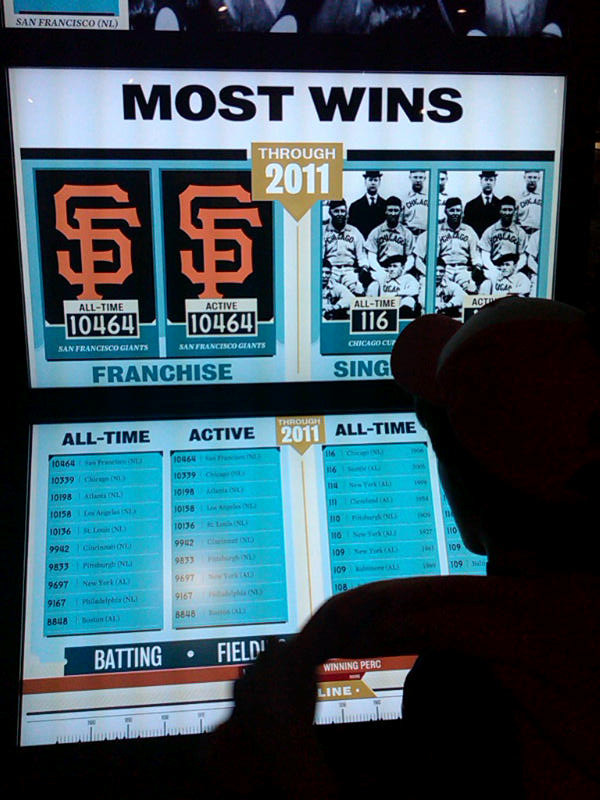Is it your turn to shut up? There's an app for that...
A couple of months ago I joined my friend Kris Dunn the HR Capitalist, and Mike Carden the CEO of Human Resources technology vendor Sonar6 for a webcast titled 'Please Shut Up: The Idiot Proof Coaching Tool for Managers'. The presentation was about some simple, yet powerful strategies managers could use to become more effective as performance coaches. You can still access the replay here. And you should give it a listen. The audience feedback was phenomenal, save for the one person that complained that perhaps the three of us were a bit 'too jocular'.
As you may be able to tell from the Sonar6 webcast presentation title, shutting up was a big part of the coaching tool that we talked about - the main point was that all too often managers tend to dominate these kinds of performance discussions, prattling on and on about what the employee needs to do to become more effective, to stop acting like an idiot, and to finally come around and see the bosses way of doing things.
As those of you with kids understand, this kind of browbeating, 'dominate the conversation' approach really begins to lose effectiveness on them at around age 11 or 12. Maybe sooner.
So maybe you buy in to the notion that whether you are in performance coaching conversations with employees, or interviewing candidates for open positions, that shutting your trap just a little more often would be a good strategy. Or maybe you are trying to convince hiring managers or recruiters on your team that 'actually letting the candidate talk' might be the best way to help make some of those tricky cultural fit judgments, then be cheerful, as is the case for almost everything these days - there's an app for that.
The Talk-O-Meter is an iPhone app that uses voice recognition and biofeedback to calculate, in real time, which person in a conversation is doing most of the talking. Simply fire up the app, set the iPhone on the table in between the participants, do a quick voice level and tone calibration, and from there the Talk-O-Meter monitors the conversation in 1, 3, or 5-minute intervals. At the end of each interval, the app displays a bar split into two colors, representing the ratio of who spent the most time jawboning.
Face it, almost all of us like the sound of our own voices. It can be really hard to warm up to the notion that the other person might actually have something important, interesting, and relevant to add to our own little daily soliloquies. I get that.
But a simple little tool like the Talk-O-Meter might be just the thing you need to get a bit of self-awareness going, and may even help you see just how much you are dominating the proceedings, be it a performance review/coaching session or an interview.
Or when faced with your next meeting with Mr. or Ms. Knows it All and isn't afraid to make sure you know that they know it all, just do a quick, and sly Talk-O-Meter drop on them and show them the error of their ways.
What do you think - would this kind of an application be a useful coaching tool?

 Steve
Steve




